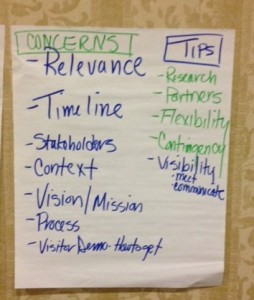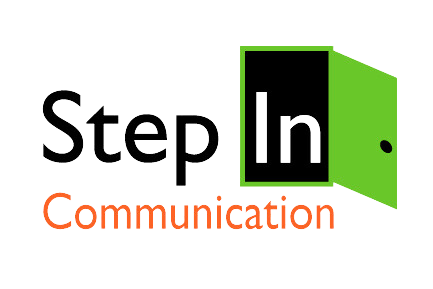Last week, I facilitated a session by the same name at the Texas Travel Industry Summit in Corpus Christi. It was a “shirtsleeves” session designed to help travel professionals talk about their successes and challenges and draw  from the collective group to find solutions or ideas they could take back to their organizations.
from the collective group to find solutions or ideas they could take back to their organizations.
Our panel of experts included Beth West of Meredith Corporation, Daryl Whitworth of Madden Media and Shanna Smith of the San Antonio Convention and Visitors Bureau. Each panelist brought a different point of view and had past experience creating marketing plans for different types of travel organizations or clients. Prior to our session, the team curated a list of resources for travel organizations on building marketing plans. You can see the list here: http://bit.ly/mktplansrock.
Here are some of the best practices we discussed.
Make your Plan Relevant
It’s a key challenge to make sure your plan is relevant to your current marketing challenges and the audiences you are trying to reach. To be relevant, your plan should include a variety of disciplines including public relations, social media, advertising, sales and stakeholder outreach.
Give Your Plan Context
This is the starting point for a marketing plan. It should include your mission and vision or statement of purpose as well as an assessment of where you are. That might be a SWOT Analysis or assessment of how last years’ plan turned out. This sets the stage for your new ideas to follow in terms of creating goals and objectives.
Do Some Research
Before writing next years’ plan, reflect on what happened this year. Which stakeholder groups are up or down? Which events had better attendance? Can you attribute success to a particular channel or campaign? What happened in similar destinations? What research findings from US Travel Association and TTIA are relevant to your plan? This should form an entire section in the early part of the plan.
Create a Timeline
Many travel organizations traditionally plan one year out. While some use a calendar year, others are forced into a fiscal calendar which begins in October and spans one year. Rapid changes in technology make this timeline challenging. Many tech companies only plan one quarter at a time. Since that’s not an option with travel organizations, the timeline is tough.
Build Flexibility Into Your Plan
Having a plan with flexibility is one way a travel organization can beat the timeline crunch. One destination manager shared her agreement with a governing board which allows for discretionary spending on a percentage of the annual budget.
Integrate Your Plan
Media Spending is NOT a marketing plan. Media spending should be PART of your marketing plan. Integrating all the functions of your marketing team makes your plan richer and sets up your organization for success. It also minimizes the possibility of missing a consumer touchpoint, too.
Have a Contingency
Contingencies are a great way to leverage a last minute opportunity. They are also necessary for travel organizations in the event of a disaster. Most travel organizations have a small spending contingency, we had no consensus as to what that level should be.
Engage Your Partners
Destinations have specific partners which they must engage for a successful marketing plan. One new destination group shared that they have a day-long workshop with their hotels and attractions to talk about the successes and challenges of the year and begin planning for the next year. This early buy-in from their partners guarantees that everyone is happy with the final result.
Be Visible to Your Stakeholders
One destination at the session shared that they meet with their stakeholders monthly to take a pulse on attendance and revenue. This goes a long way to informing the key elements of next years’ plan.
Incorporating one or more of these themes into your next marketing plan should take your travel organizations’ marketing plan from dust collector to useful tool. Do you have best practices in your travel organizations’ marketing plan that you can share?
